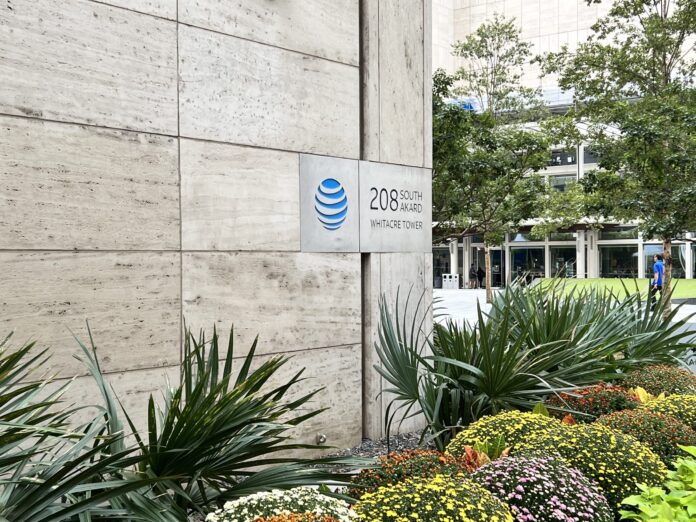AT&T is expanding its fiber and wireless networks while planning for multi-service edges and distributed Standalone 5G cores
DALLAS–AT&T CTO Jeremy Legg last week at the company’s headquarters met with members of the trade press to lay out a phased, one- to two-year strategy that’s a major departure from the operator’s entrance to and exit from the content and advertising business. The goal, according to Legg: “We want to be the best broadband provider in America.”
Discussing the company’s fiber and wireless business, Legg said AT&T “slimmed down” to get back to basics. “We have a real right to win in those places. I don’t think we’re trying to do something that is too far a reach for us. Ultimately I think we’ll be successful in that. We are focused on our knitting. I know it seems kind of simple but simple is good.”
Phase 1 of this plan, Legg said, is about increasing the physical size of the network and the number of people and things connected to it. This covers AT&T’s ongoing deployment of C-Band spectrum for 5G as well as its stated goal of running fiber to 30 million locations by 2025. On the fiber piece, in August Corning announced a long-term agreement with AT&T that prompted investment in a new Arizona fiber manufacturing facility set to come online in 2024.
Phase 2 involves the build out of what AT&T calls its “multi-service edge” as well as deployment of distributed Standalone 5G cores. Legg described a software-based edge infrastructure built on generic compute platforms running open source software systems. “It becomes intelligent; it becomes programmable,” he said.
With regard to the core plans, Legg said the idea is to get away from the traditional model of very few core sites to a more distributed architecture. “Here’s why that’s important. If I were to call you and the [Mobile Telephone Switching Office] was really busy in Dallas, it might route you to Seattle, then that call comes back and comes to you. That’s fine for typical, traditional voice…When you start getting into advanced services, that’s not fine.”
Another angle here is AT&T’s approach to working with public cloud providers. Legg said AT&T doesn’t “really want to be in the compute and storage business. We want to be agnostic to where people want to run their stuff. We just want to make it work. We want to be the network access layer and we want, whether it’s a business customer of AT&T or it’s someone who wants to use our network, we want them to run their stuff where they want to run their stuff.”

